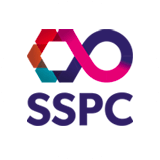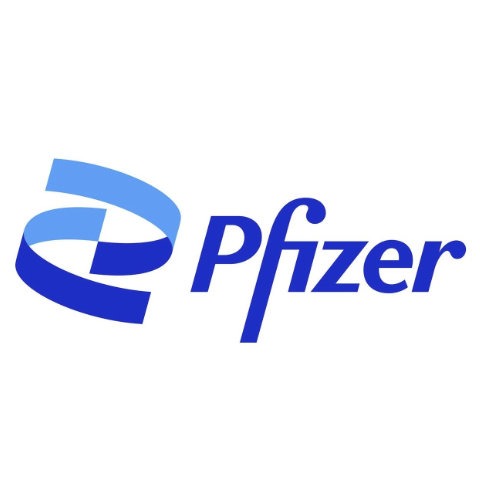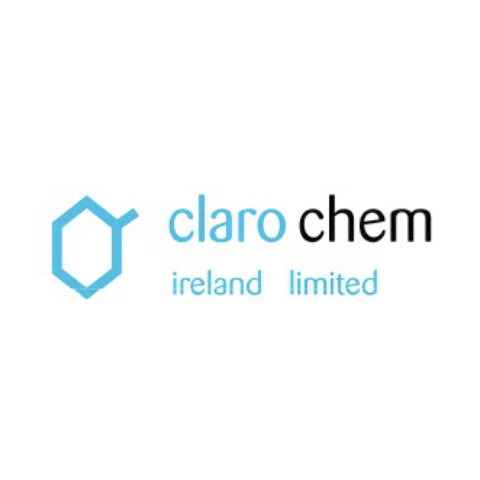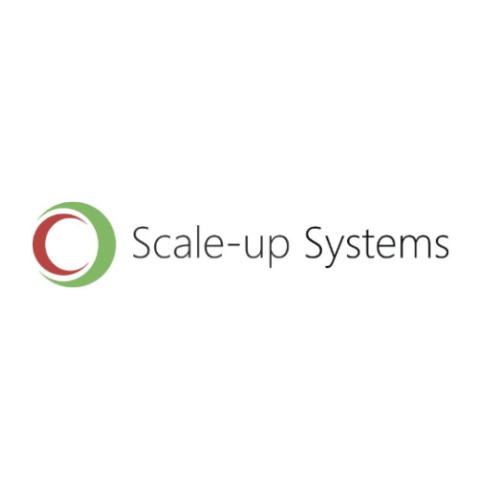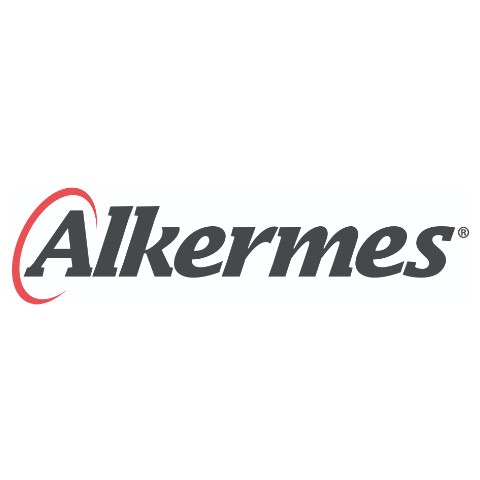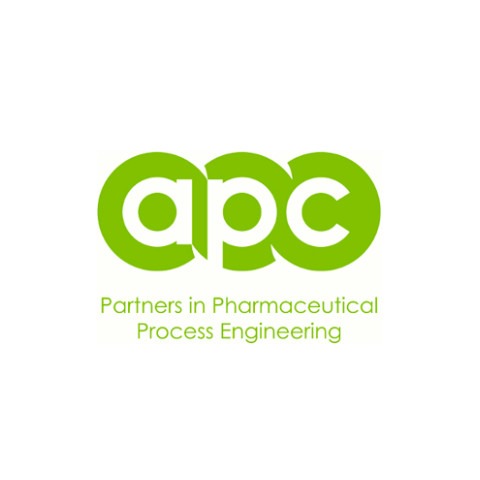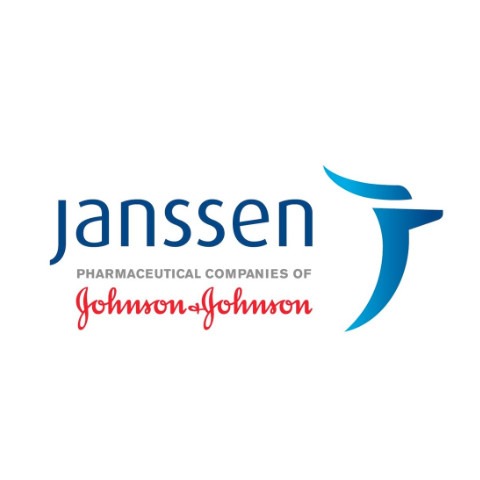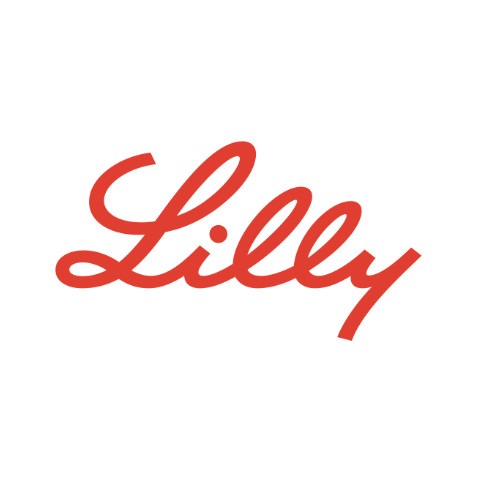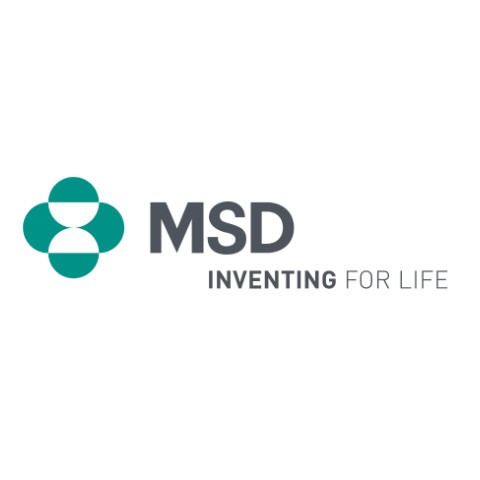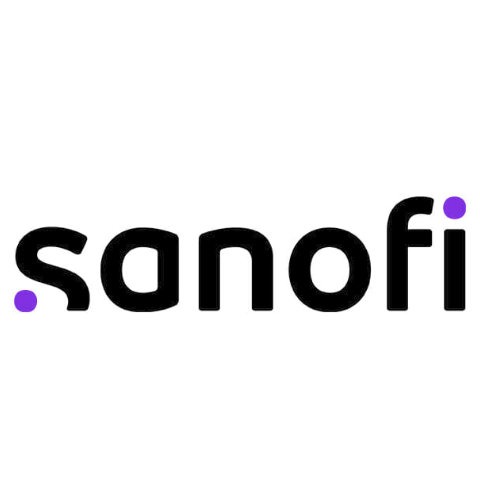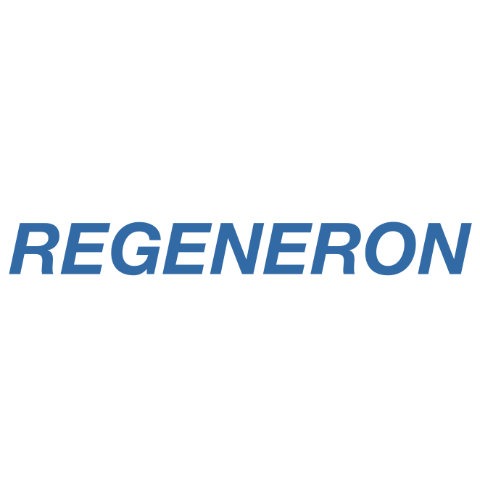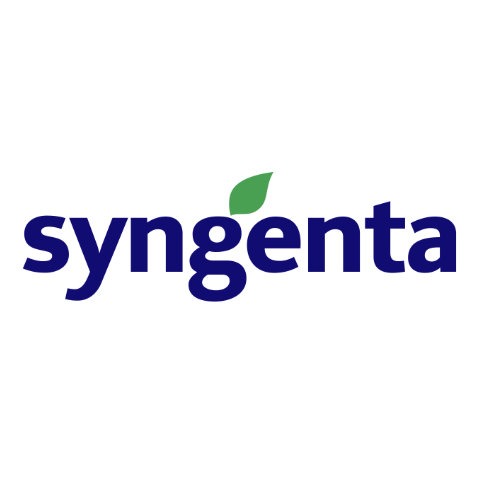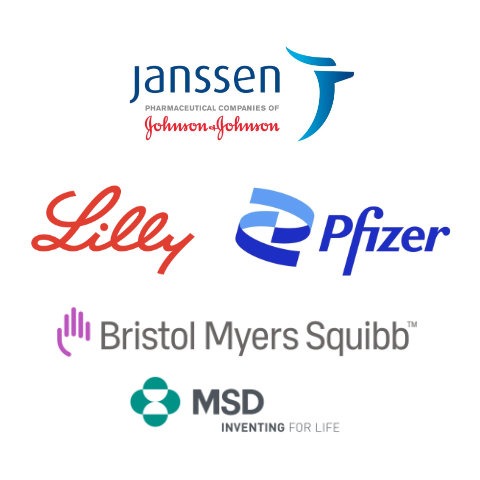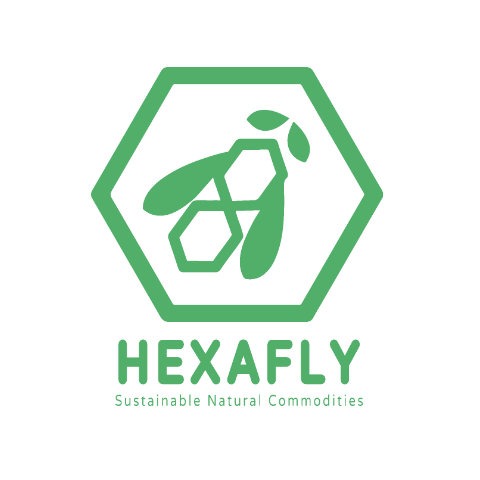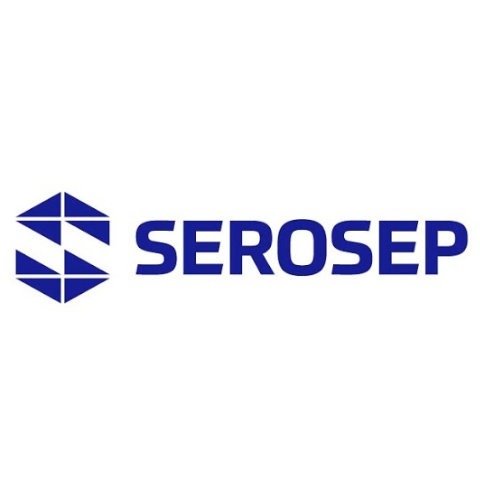This project is funded by Enterprise Ireland under the Commercialisation Fund programme (CF-2022-1974I & CF-2020-1948I) and is running at the School of Pharmacy, University College Cork.
Team: Dr Waleed Faisal (project lead), Dr Mark Ledwidge (Business development), Ryan Bamsey (Commercial consultant), Dr Ziad Sartawi (Scientist), Dr Caroline Blackshield (Regulatory Scientist), and Mohamed ElKhashab (Scientist). The team also includes Kevin Dalton (Technology Transfer Officer, UCC) and Claire Walsh (Commercial Advisor, EI).
Microneedle ArrayPatch (MAP) is a propriety wearable microneedle patch technology designed to treat local diseases. ArrayPatch consists of an array of sharp but painless dissolvable MN that penetrate the skin on application and then dissolve to deliver a local effective dose of medication.
ArrayPatch was initially derived from a desire to create an orthogonal drug delivery system for the safe and efficacious treatment of local diseases. According to clinicians interviewed, the ability of MN to transdermally deliver medications in a safe and effective manner with minimal effort from the end user, is likely to appeal to patients. Along with this, it was hypothesised that the MN system would overcome several limitations presented by the current standard of care drug delivery systems in this area.
Challenge
The problem of low drug loading (<10%) in MN patches, scale up production and biocompatibility/ regulatory concern with the polymers used has hampered their introduction to the marketplace as an alternative delivery system.
Solution
We overcame this problem by identifying drugs that are suitable for melting and moulding and forming robust MN. In a process similar to the production of glass from silica/sand, we produced microneedles that completely consists of the meltable drug in the absence of any stabilising material (polymers). A typical 1 cm2 patch can deliver a dose of approx. 10mg of drug. The AP is a novel method of drug delivery with platform potential, and to date, we have experimentally examined 18 different small molecule APIs in our lab as suitable candidates (based on their chemical/physiological characteristics) for producing sharp and stable APIs using the novel manufacturing patent technology WO2020250210A1, and are currently working with a scale-up partner for initial GMP-production.
The idea was born in 2018 during a Marie Sklodowska Curie Career-FIT project in collaboration with SSPC, the SFI Research Centre for Pharmaceuticals and validated by a feasibility study and feedback from clinical and industrial KOLs. The idea was developed in the last 5 years from concept through design and implementation. The team has made significant progress, and the main achievements to date:
Proof of Concept: The team has successfully completed the proof of concept, backed by comprehensive preclinical data.
Clinical Trials: The roadmap for clinical trials has been designed and submitted to the European Medicinal Agency, poised to initiate human trials.
Intellectual Property (IP): The intellectual property has been safeguarded, with patents granted in 2020, ensuring the protection of our innovations.
Scale-up Manufacturing: A proof of concept for scale-up manufacturing has been established, demonstrating the readiness for large-scale production.
Market Focus: The initial route to market centres around addressing nail fungal infections, with three additional promising molecules in the pipeline targeting basal cell carcinoma, psoriasis, and hormone replacement therapy.
Team: We boast a highly capable and experienced team, both on the commercial and technical fronts, ensuring the project’s success.
Funding History: Over the past 5 years, we have successfully secured more than €1.3 million in non-diluted funding from prestigious sources like Enterprise Ireland and Horizon 2020.
Impact
This state funded research has shown the potential to result in the commercialisation of new innovations by way of new company creation to help Ireland grow and scale and compete in international markets or by way of license where the license of that technology to companies in Ireland would improve the competitiveness of Irish Industry.
ArrayPatch seeks to reduce treatment-time and improve patient-outcome over standard of care by using microneedle-mediated-treatment based on the following key-features:
- Localised treatment
- Low regulatory burden and risk profile when using approved/generic drugs.
- A higher drug concentration at the infection site (for localized treatment) is more effective at treating infection in a shorter time than standard of care.
- The drug dose in ArrayPatch is significantly lower compared to the oral dose and hence overcomes safety and drug-drug interactions problems associated with systemic approaches.
- Improved patient compliance
- Patient friendly with a painless drug delivery system.
- Shorter treatment period and less frequent application.
- Improved patient outcome.
- Unique intradermal patch product
- Simple and low-cost patented method of manufacture.
We anticipate opportunities to co-develop ArrayPatch with proprietary drug owners in the long-term.
Success stories
- Win ‘Innovation of the Year’ – Pharma Industry Awards 2022.
- Win 1st prize at the “1st Start-up Retreat” Porto, Portugal 2022.
- Win ‘Commercial Activity of the Year’ -SSPC 2022.
- Chosen as ‘Ireland’s Top 100 Hospital and Healthcare Achievers – HPN Professional 2022.
- Completed I-Corp @SFI Academy Programme 2021.
- Winner of 2023 IDEATE Ireland competition.
